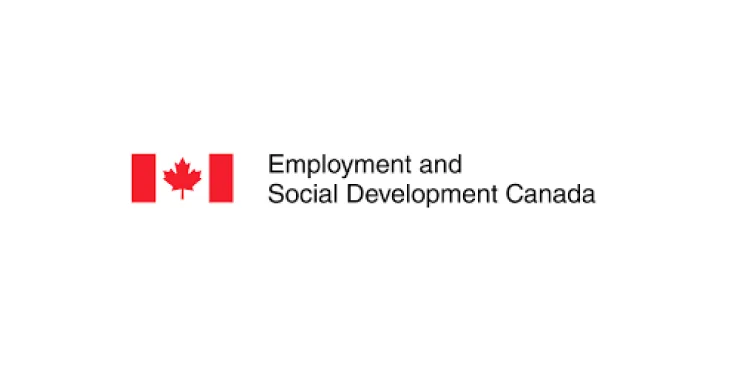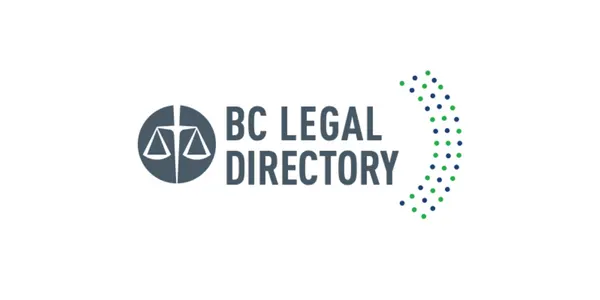
All employers have the right to temporarily lay off workers when times are tough.
Your employer is struggling and doesn’t have enough work for you right now. They’re sorry but they have to lay you off — or at least ask you to work fewer hours. Just till things pick up. You don’t doubt their sincerity. But neither do you necessarily have to accept this deal. Learn your rights if you're temporarily laid off.
What you should know
“My employer told me I was being laid off temporarily while the company went through a restructuring. I checked my contract, and it didn’t say anything about temporary layoffs. I need to work to support my family, so I made it clear I didn’t consent to being laid off. I made an employment standards complaint. It was successful, and I got enough money to hold me over until I can find a new job.”
– Jared, Nelson, BC

A layoff is when an employer tells a worker they must take an unpaid leave from work. The law in BC doesn’t give employers a general right to temporarily lay off workers. Temporary layoffs are only legal if one of the following applies:
You have a written employment contract that allows for a layoff.
You work in an industry where layoffs are standard practice (for example, the logging industry).
You consent to the layoff.
Your employer must prove they had the right to lay you off for one of these reasons. Even then, the law typically limits the length of the layoff. See below.
Outside of the situations above, if your employer lets you go temporarily, you have the same rights as someone who gets fired without cause. That means your employer must give you notice or severance pay. See our guidance on how much notice an employer needs to give you.
If you're laid off during an economic slump
It’s common for employers to try to thin their workforce during an economic downturn. Your employer may tell you you’re being laid off but you’ll be re-hired when the economy improves. However, the courts have said this isn’t a good enough reason to fire you. You’re still entitled to notice or severance pay.
Getting temporarily laid off is different from getting fired. Most importantly: you get to keep your job. You’re standing by to be called back to work. Typically, your employer must do so within three months.
Here are some specifics. If a temporary layoff is permitted under the law, the Employment Standards Act limits how long the layoff can last. (This law applies to “employees” — which covers most but not all workers in the province. See who’s covered.)
Under the Act, an employer may temporarily lay off a worker for up to 13 weeks in a consecutive 20-week period. If the layoff lasts more than 13 weeks in a 20-week period, it can no longer be called “temporary.” At that point, it’s as if you were fired without cause on the first day of the layoff.
(Your employer can apply to the Employment Standards Branch to extend the 13-week period.)
The 20-week period begins on the first day of the layoff. The 13-week period is exceeded on the first day of the 14th week of layoff. If your employer misses the deadline to recall you to work, you now have the same rights as someone who was fired without cause. In particular, you have the right to notice, severance pay, or some combination of the two. See our guidance on how much notice an employer needs to give you.
For workers covered by the Employment Standards Act (see who’s covered), if your employer lowers your weekly hours so that you’re earning less than half of your regular wage, this counts as a week’s layoff. That is, it counts as one week towards the 13-week “temporary layoff” period.
You may have a claim for constructive dismissal
If your employer slashes your wage, you may be able to bring a claim for constructive dismissal. Constructive dismissal happens when an employer makes a fundamental change to your work situation and you don’t accept the change. See our guidance on when your job changes in a big way.
Work out the problem
If your contract doesn’t provide for temporary layoffs — and you don’t work in an industry where they’re standard practice — your employer can’t temporarily lay you off. It’s against the law. Let your employer know right away (in writing) that you don’t consent to being laid off.
We offer tips for writing a letter to your employer.
Keep a record. For example, make notes of when and how you were told you were being laid off. Keep a copy of any letter or email you send opposing the layoff.
If you aren’t able to resolve things directly with your employer, you can make a formal complaint. Workers covered by the Employment Standards Act (see who’s covered) can make a complaint to the Employment Standards Branch. This government office administers the Act and helps workers and employers resolve problems. For what’s involved, see our guidance on making an employment standards complaint.
Common questions
In this case your employer is legally allowed to lay you off or reduce your hours of work. However, if you’re covered by the Employment Standards Act (see who’s covered) and your contract doesn’t say otherwise, there is a limit on how long your layoff can be. See the “What you should know” section above.
There may be other terms and conditions attached. For example, your contract may state that your employer has to pay you a certain percentage of your regular wage while you’re laid off. It may also say you’re allowed to look for other work in your down time. However, you should always be ready to return to work during the layoff period. If you refuse work, you weaken your claim. The employer may claim that you quit.
Who can help

Employment Standards Branch
The BC government office that deals with complaints against employers.

Employment and Social Development Canada
Deals with complaints against employers in federally-regulated industries.

Access Pro Bono's Free Legal Advice
Volunteer lawyers provide 30 minutes of free legal advice to people with low or modest income.

Access Pro Bono’s Everyone Legal Clinic
Clinicians provide affordable fixed-fee services on a range of everyday legal problems.

Lawyer Referral Service
Helps you connect with a lawyer for a complimentary 15-minute consult to see if you want to hire them.

BC Legal Directory
Search for a lawyer by community or legal issue. From the Canadian Bar Association, BC Branch.

